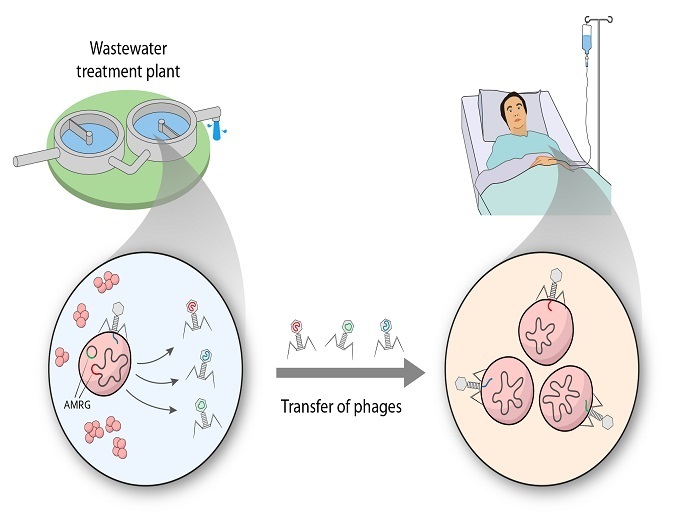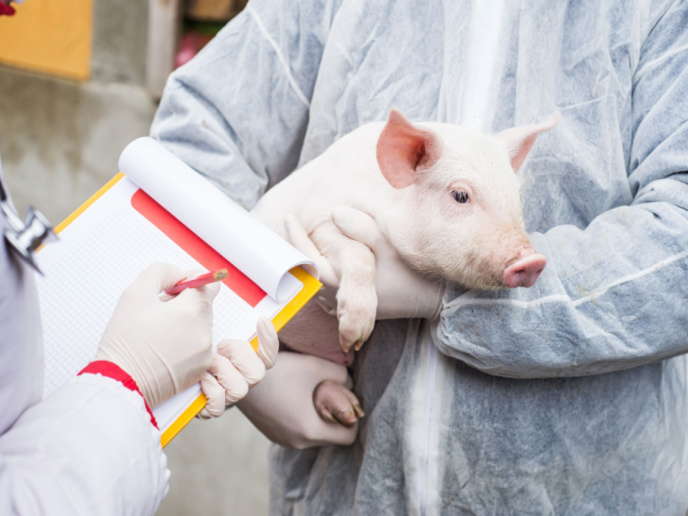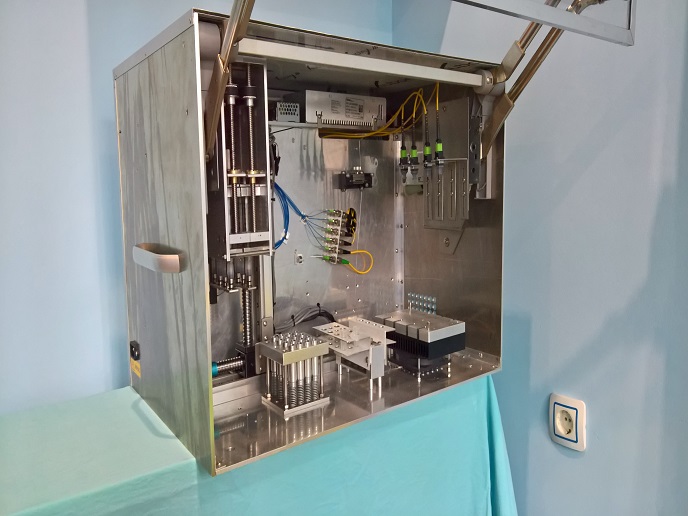HIV vaccines finally within reach?
Thirty-five years of active research, one breakthrough. With the RV144 trial result published in 2009, researchers looking for a promising HIV vaccine got an early glimpse of what the long-sought victory against the disease could look like. The trial – which took place in Thailand – saw 31 % of volunteers ending up with a modestly reduced risk of acquiring HIV. Eleven years later, groups of researchers are still building on the knowledge gathered and priorities identified after the RV144 trial. The EHVA (European HIV Vaccine Alliance: an EU platform for the discovery and evaluation of novel prophylactic and therapeutic vaccine candidates) is one of them. Since 2016, the 41-strong consortium has been aiming to develop HIV vaccine candidates that would generate more durable and potent immune responses. “One of the most important challenges in developing HIV vaccines is the ability to rapidly evaluate novel vaccine approaches early in the product development phase. This is a prerequisite to ensure that only the most promising candidates advance to large-scale testing,” says Yves Levy, coordinator of EHVA on behalf of Inserm. To this end, EHVA is currently working on an immune profiling platform. With this tool, the consortium hopes to be able to rank novel and existing vaccine candidates. The platform will be coupled with a central data analysis platform using statistical tools and algorithms to effectively select the most promising ones. As Levy underlines, the EHVA teams can use these tools to select best-in-class antigens and delivery systems including RNA and viral vectors. “We can then evaluate these novel candidates head-to-head with vaccine regimens already developed by partners in the Alliance, to ensure that we can down-select the most promising ones and bring them to clinical testing. Meanwhile, EHVA also focuses on developing therapeutic vaccine candidates as well as helping elucidate mechanisms for a functional cure.”
Clinical trials
Now in its fifth year of research, EHVA has already developed several novel vaccine concepts. These include vector-based vaccines, a new delivery modality and HIV envelope trimer-based vaccines. “Regarding the vector-based vaccine, the two lead candidates are a DNA-launched RNA Replicon Vaccine (DREP) and a novel VSV-GP vaccine,” Levy notes. The DREP vaccine will be tested in a first-in-human clinical trial in late 2020 / early 2021. "The VSV-GP-based vaccine on the other hand has shown promising results in non-human primate studies, even though we won’t be able to bring it to clinical development within the lifespan of EHVA." The new delivery modality is a vaccine based on dendritic cell-targeting developed by the Vaccine Research Institute – Inserm. Phase I testing in healthy volunteers in France and Switzerland is due to begin later this year. Finally, the trimer vaccines include two Clade C trimer antigens (known as ConCv5-KIKO and a complementary germline-targeting trimer ConCv5_GTv1). The plan is to combine them in order to stimulate the generation of broadly neutralising antibody responses targeting anti-CD4-BS, and also to enable the maturation of B-cells through sequential immunisation with different HIV envelope proteins. A phase I study is scheduled to start in 2021. “That’s not all,” Levy adds. “We also have a novel therapeutic regimen combining a vaccine candidate with an immunomodulatory therapy. It is set to enter clinical evaluation within the next few months in patients with HIV. A number of additional candidate vaccines are also advancing in preclinical development.” The consortium hopes to complete four clinical trials by the end of the project period. Meanwhile, there is little doubt that EHVA will contribute to accelerating vaccine development while saving money in the process. Levy even argues that the vaccine technologies and expertise developed through the work of EHVA could also help advance the development of vaccines for other diseases – such as COVID-19.
Keywords
EHVA, HIV, vaccine, immune profiling, data analysis, clinical trial







